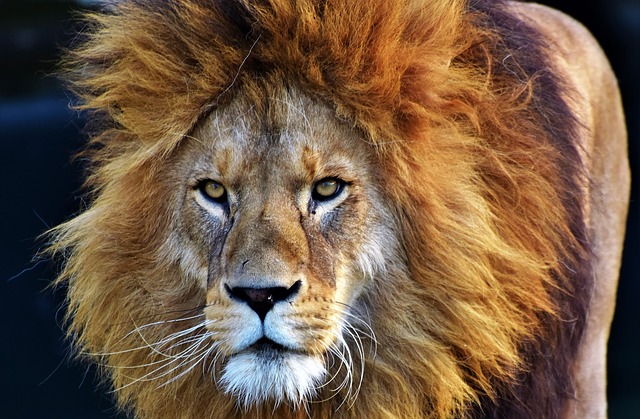Africa’s wild lion population is currently estimated to be between 20 000 and 30 000, researchers believe that in reality the number is closer to 20 000. This places lions into the “vulnerable” category of threatened species, yet lion bone trade continues in excess in South Africa.
The only growing lion populations are those that live in fenced enclosures, causing an ecological crisis, as there are entire food chains that depend on healthy wild lion populations. There are also economical implications, as lions add a significant amount of revenue to the tourism industry.
South Africa is unique in its breeding of lions in captivity. Approximately 7 000 – 8 000 lions are bred in captivity here, and this spans across 300 facilities, but are predominantly bred specifically for canned hunting and the Asian predator bone market.
A report by an activist charity called EMS showed that lion bones are often sold as tiger bones on the black market. The bones are dropped into rice wine and sold as tiger bone wine, which is marketed in many Asian countries as a treatment for impotence and rheumatism (swelling of the jones). A popular lion bone product that is also falsely marketed is tiger bone bars – essentially, the inside of the bone is boiled down to a jelly, and contains other additives such as tortoise shell, and it is produced for consumption.
The EMS report makes the argument that most lion bones can be traced to captive bred lions from South Africa.
Although captive breeding is legal in the country, it is considered distasteful by many animal rights advocacy agencies. There are limits set for the trade of lion bones, and the bones of a wild lion may not be exported under any circumstances.
In 2016, the 17th Convention on International Trade in Endangered Species of Wild Fauna and Flora (CITES) Conference of the Parties, which is an organisation dedicated to ensuring that international trade in specimens of wild animals and plants does not threaten their survival, agreed that South Africa should also establish a quota for the exports of skeletons from lions that are captive-bred.
No other country is permitted to export lion bones.
In 2017, the annual lion skeleton export quota was 800, and was raised to 1 500 by the Department of Environmental Affairs in July of 2018. This prompted the South African National Biodiversity Institute to conduct an interim report on the which grounds it specified the expansion of the quota on, but discovered that there were none.
Conservationists have been expressing concern that South Africa’s quota encourages the breeding of lions not only for hunting but for the bone trade as well, as a CITES report suggested that 3 469 skeletons were exported in 2017 – nearly double the allocated number.
Opposed to this, the local predator-breeding industry argues that captive lion populations act as a buffer against wild lion poaching as it satisfies the demand for bones.
Does the captive lion breeding industry harm, or promote, South Africa’s conservation image?
Ultimately, it is Parliament’s job to hold the government to account, although the trade of lion bones creates income for our country can we really justify possibly losing one of our big five for the sake of money?
Picture: Pixabay
Source: Ross Harvey/The Conversation






